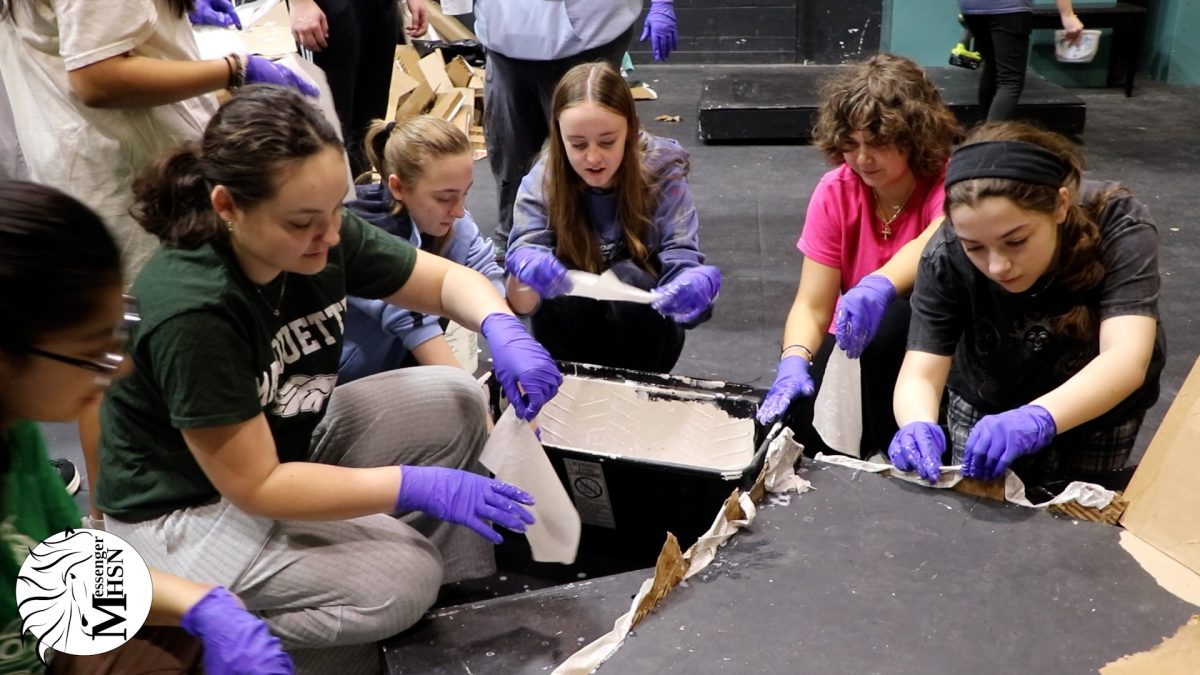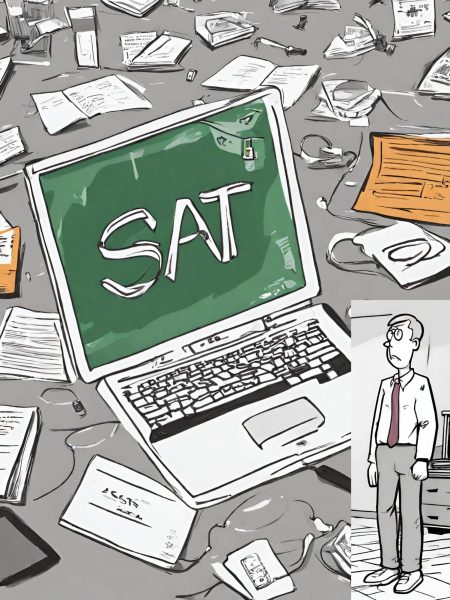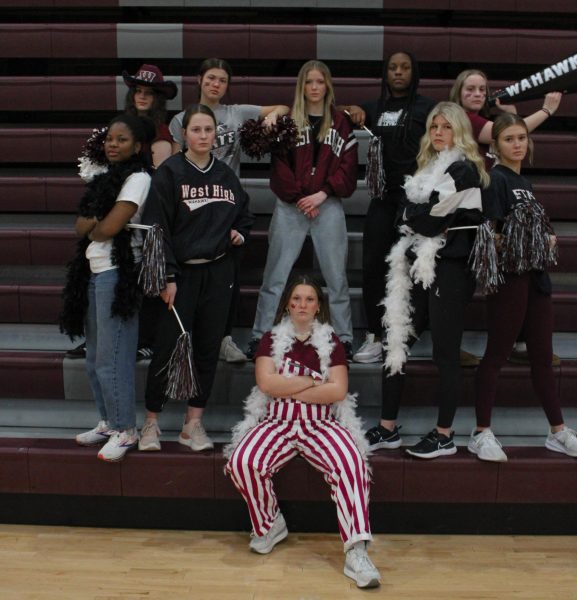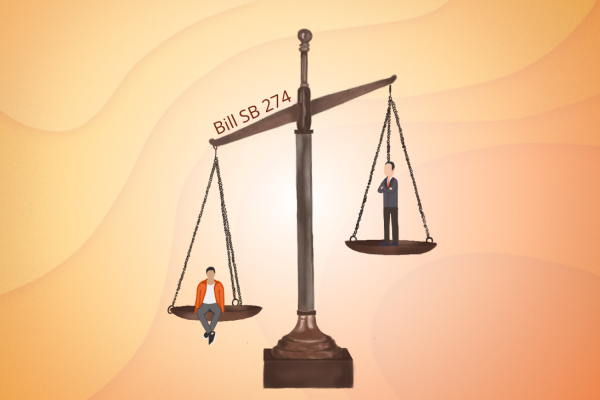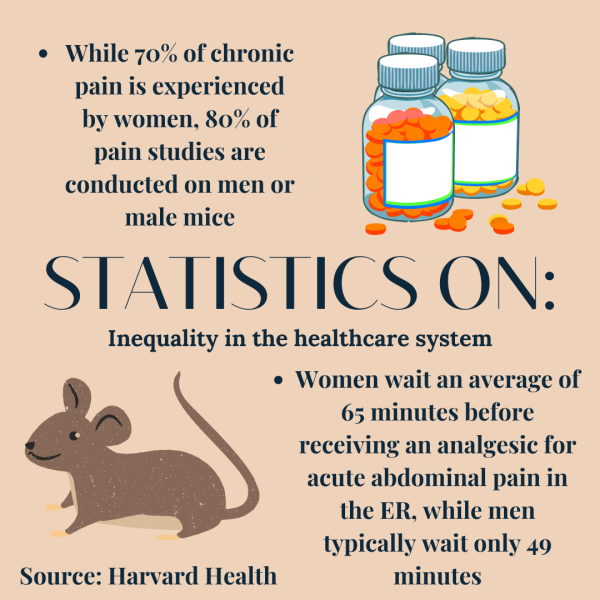I’m Proud to Have a Limb Difference. “The Witches” Movie Says I Should Feel Otherwise.
Allison McElroy
%23NOTAWITCH. The new movie “The Witches,” an adaption of Roald Dahl’s novel, has been receiving backlash for its negative depiction of limb differences. The film stars Anne Hathaway, whose witch character is made to look scarier because of her three-fingered hands, creating a negative view of this real limb difference. Members of the disability community have taken to posting photos of their difference with %23notawitch to combat this narrative. “My hope is that kids with or without limb differences seeing this movie won’t associate people with limb differences with ugly, mean witches,” said Rachel Sumrada, a high school senior and amputee from Cleveland, Ohio.
November 6, 2020
What does a witch look like? Someone with green skin? A pointy hat? The new film adaptation of Roald Dahl’s “The Witches,” sparked a backlash over its interpretation of that question. Released for streaming on HBO Max on Oct. 22, the movie stars Anne Hathaway as the Grand High Witch. While Hathaway can be seen in a glamorous ensemble in several promotional photos for the film, the issue arises when this is removed, revealing a scarred, bald head, scary-looking mouth, and three fingers on each hand.
Why is this problematic, you might ask? The three-fingered hands given to Hathaway’s character look very similar to a real limb difference called ectrodactyly. Ectrodactyly involves the deficiency of one or more central digits of the hand or foot and affects about 1 in 90,000 births.
As a family movie targeting a young, impressionable audience, displaying a real disability in such a negative light could have a major impact. When children watch the film, they will see Hathaway’s hands and associate them as scary and monstrous. Now, what happens if the same child meets someone with a limb difference, whose hand looks similar to the one in the movie? The child will see this individual as scary and abnormal too. While this seems like just a small, unimportant detail, the narrative it creates about the disability community is incredibly harmful.
I was born with a limb difference, and I am saddened by the way “The Witches” chose to feature my community. I feel lucky that this movie came out today when I am a young adult who is confident about the way I am. Because for kids with limb differences who may struggle with self-esteem, “The Witches” is a hurtful blow. How can they view themselves as unique and beautiful the way they are when they see the same difference portrayed on screen as ugly and monstrous?
Rachel Sumrada is a high school senior and amputee from Cleveland, Ohio. An advocate for the limb different community, Sumrada was “very upset” by the way limb difference was depicted in the new movie. “Our limb differences should be celebrated and looked at as beautiful, not portrayed by filmmakers and society as ugly and something that needs to be hidden,” Sumrada said.
One might think that this characteristic of the hands was simply included based on Dahl’s original description of the witches in his book. However, Dahl only described the witches as having “claws hidden by gloves,” and in no way insinuated that they would be missing fingers. The 1990 version of the movie portrays the witches’ hands very similarly to the book’s description, but in the remake, the producers took a different, misguided approach.
The limb different community works hard to raise awareness and spread a message of acceptance. Warner Bros’ decision pushes against all of this, reinforcing the stigma surrounding disability that our community is constantly working to remove.
In an Instagram post, disability advocate Nicole Kelly, who has a limb difference, emphasized the need for “more people with disabilities at the decision making tables in Hollywood” and the importance of the mantra “Nothing about us without us.” “This is an extremely clear example of an entire team of people making obviously stupid decisions because nobody bothered including us in any part of the process,” Kelly said.
Responding to the backlash, Warner Bros. Pictures shared the below statement with NBC News:
“We the filmmakers and Warner Bros. Pictures are deeply saddened to learn that our depiction of the fictional characters in ‘THE WITCHES’ could upset people with disabilities, and regret any offense caused. In adapting the original story, we worked with designers and artists to come up with a new interpretation of the cat-like claws that are described in the book. It was never the intention for viewers to feel that the fantastical, non-human creatures were meant to represent them. This film is about the power of kindness and friendship. It is our hope that families and children can enjoy the film and embrace this empowering, love-filled theme.”
Hathaway also apologized to the community via Instagram, saying “as someone who really believes in inclusivity and really, really detests cruelty, I owe you all an apology for the pain caused…now that I know better I promise I’ll do better.”
So what can you do about this issue? The best course of action may be to boycott the movie altogether (you can support this effort by signing this petition). But for those who do want to watch the film, stay educated, and educate others. Teach your loved ones about limb differences. Remind them that it is not something to be feared, just because one movie portrays it as such.
As a young person who was born with a limb difference, I know how difficult it can sometimes be to live in a world where you are viewed as “different” or “abnormal.” I just hope that “scary” isn’t another word that will now be added to that list.
This story was originally published on The Leaf on November 5, 2020.



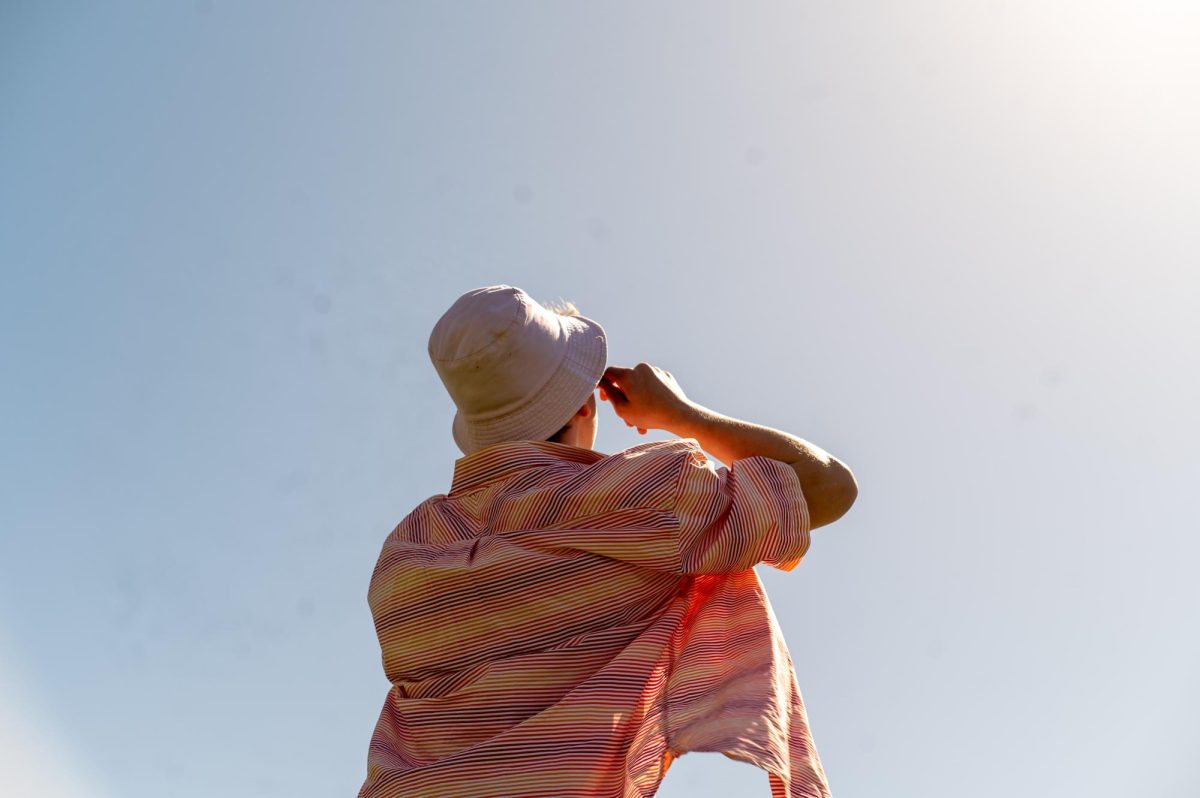
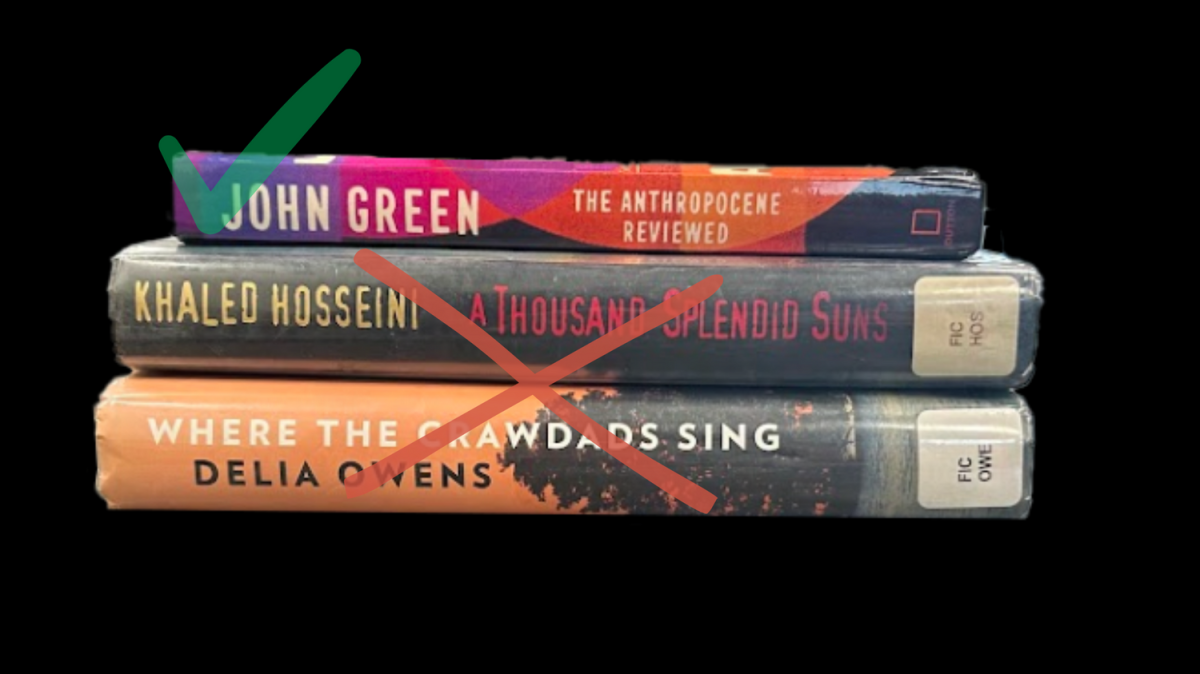
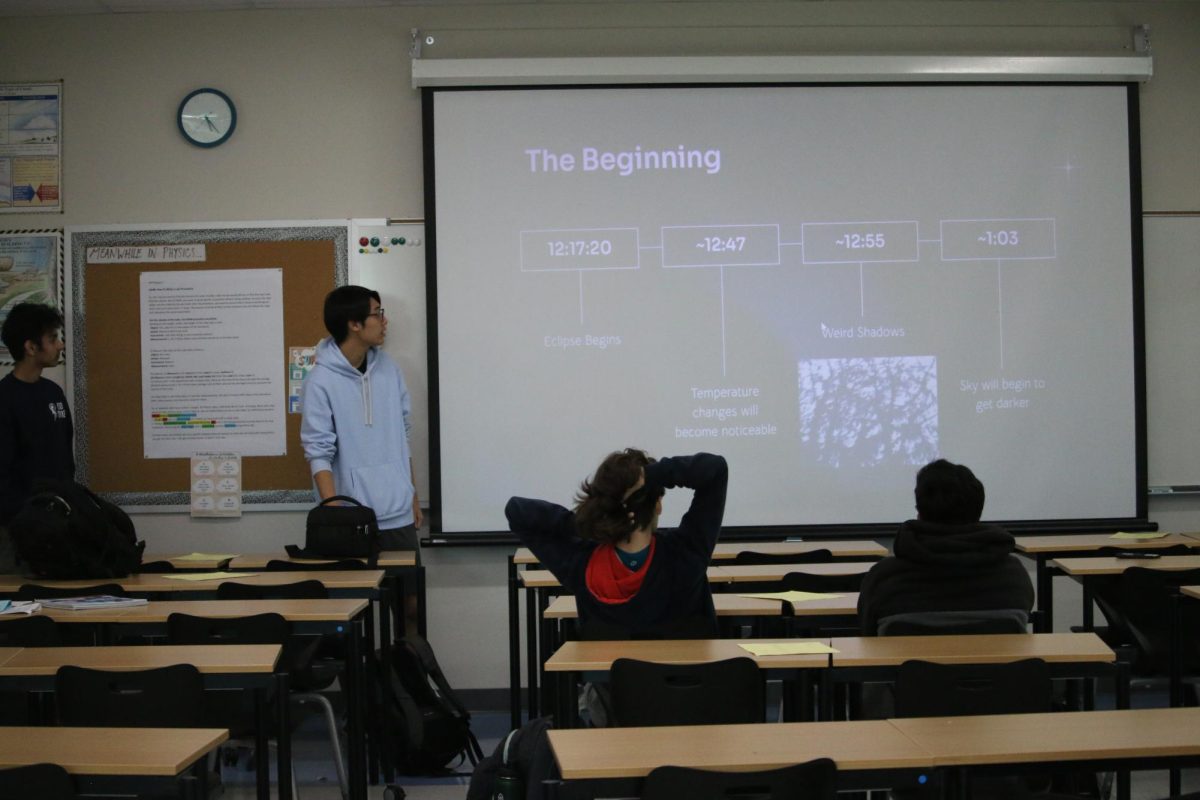
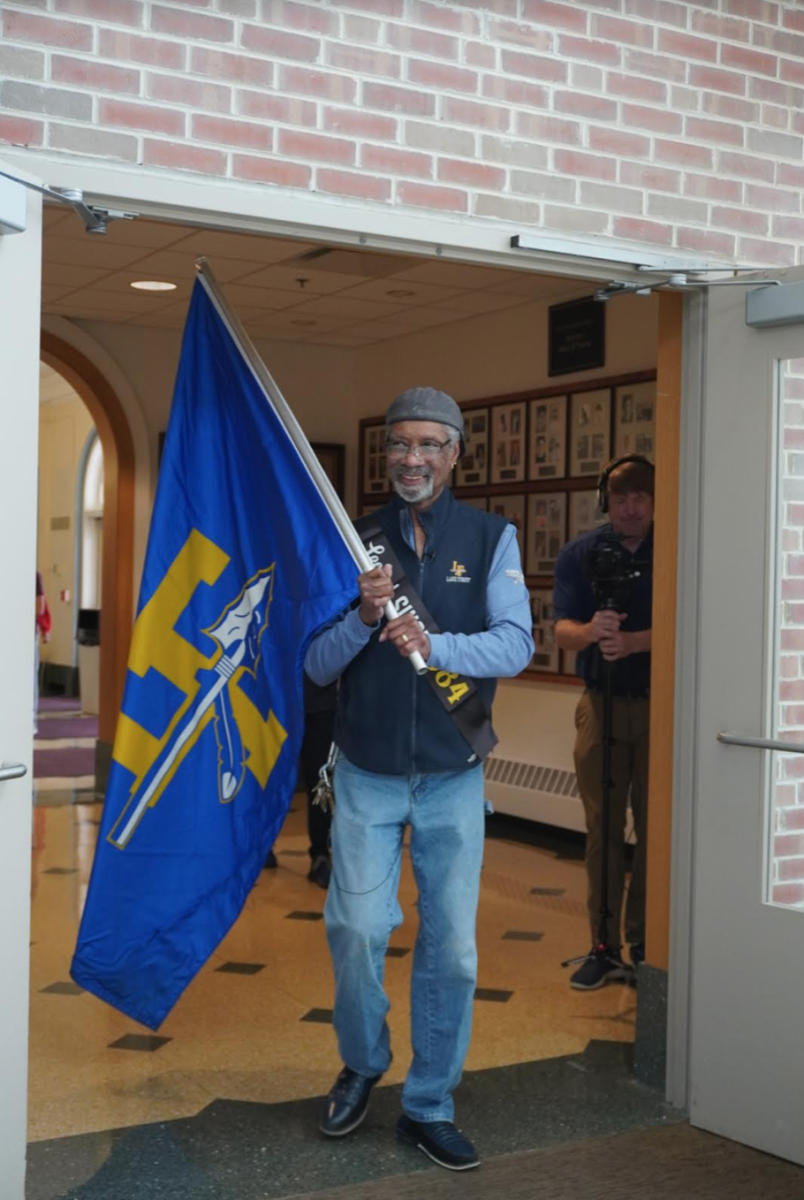



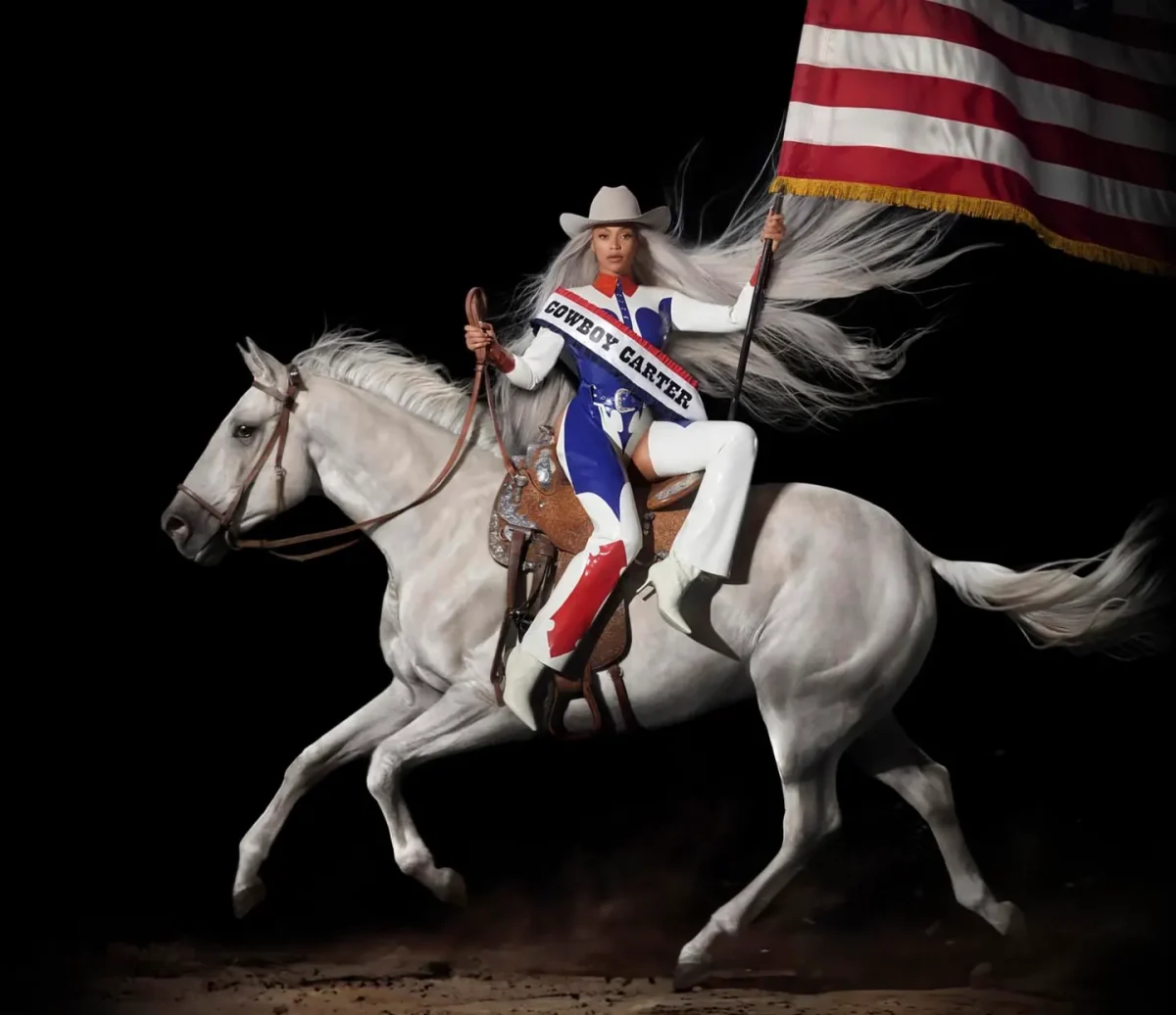

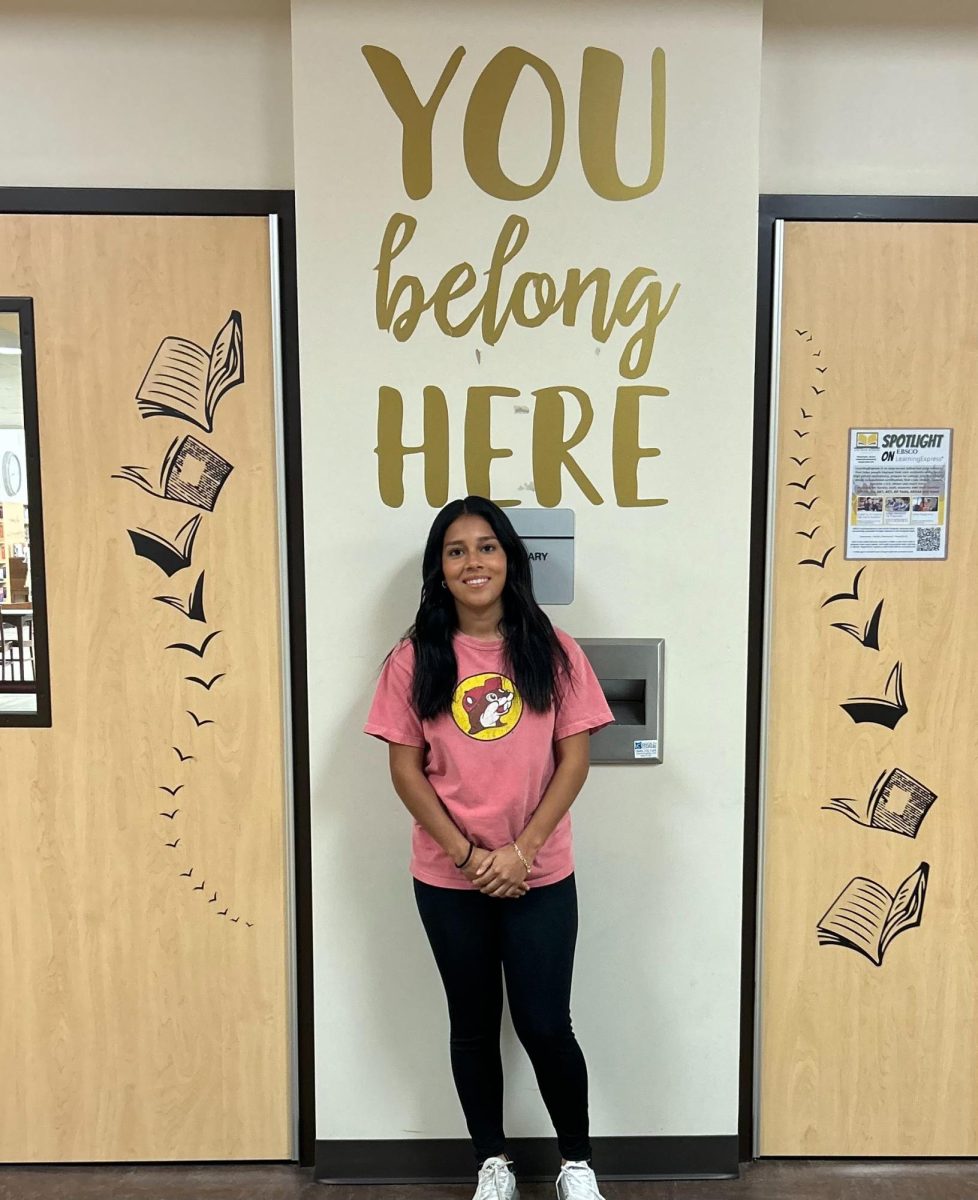
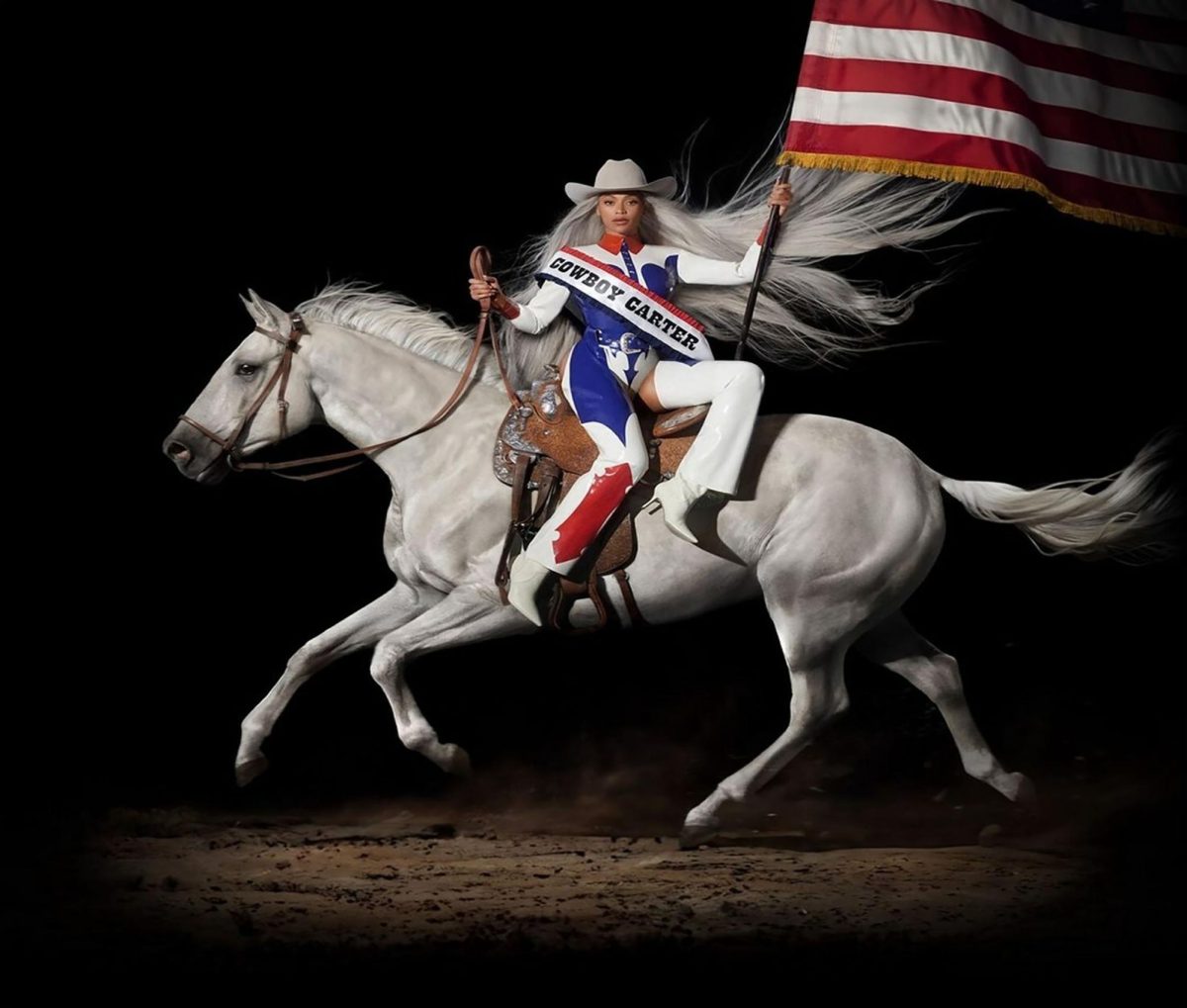













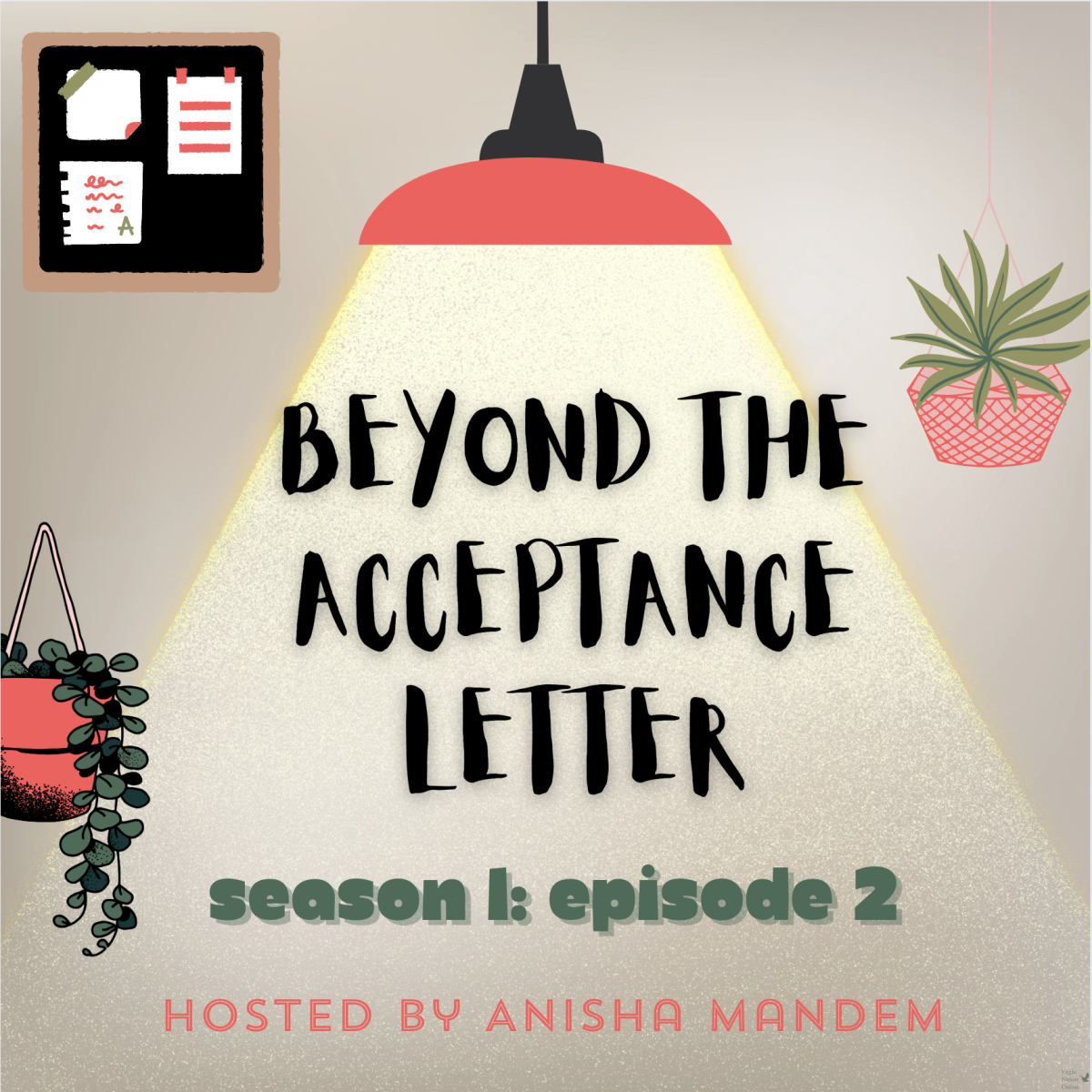
![IN THE SPOTLIGHT: Junior Zalie Mann performs “I Love to Cry at Weddings,” an ensemble piece from the fall musical Sweet Charity, to prospective students during the Fine Arts Showcase on Wednesday, Nov. 8. The showcase is a compilation of performances and demonstrations from each fine arts strand offered at McCallum. This show is put on so that prospective students can see if they are interested in joining an academy or major.
Sweet Charity originally ran the weekends of Sept. 28 and Oct. 8, but made a comeback for the Fine Arts Showcase.
“[Being at the front in the spotlight] is my favorite part of the whole dance, so I was super happy to be on stage performing and smiling at the audience,” Mann said.
Mann performed in both the musical theatre performance and dance excerpt “Ethereal,” a contemporary piece choreographed by the new dance director Terrance Carson, in the showcase. With also being a dance ambassador, Mann got to talk about what MAC dance is, her experience and answer any questions the aspiring arts majors and their parents may have.
Caption by Maya Tackett.](https://bestofsno.com/wp-content/uploads/2024/02/53321803427_47cd17fe70_o-1-1200x800.jpg)
![SPREADING THE JOY: Sophomore Chim Becker poses with sophomores Cozbi Sims and Lou Davidson while manning a table at the Hispanic Heritage treat day during lunch of Sept 28. Becker is a part of the students of color alliance, who put together the activity to raise money for their club.
“It [the stand] was really fun because McCallum has a lot of latino kids,” Becker said. “And I think it was nice that I could share the stuff that I usually just have at home with people who have never tried it before.”
Becker recognizes the importance of celebrating Hispanic heritage at Mac.
“I think its important to celebrate,” Becker said. “Because our culture is awesome and super cool, and everybody should be able to learn about other cultures of the world.”
Caption by JoJo Barnard.](https://bestofsno.com/wp-content/uploads/2024/01/53221601352_4127a81c41_o-1200x675.jpg)



